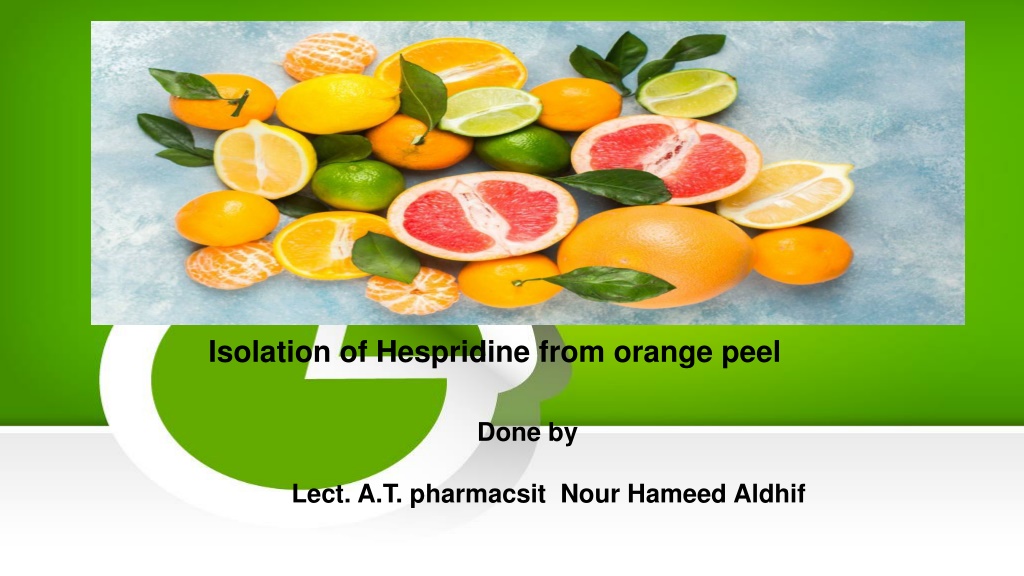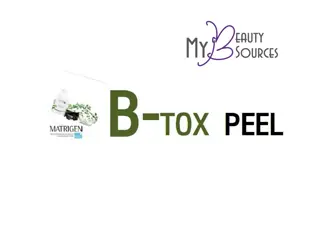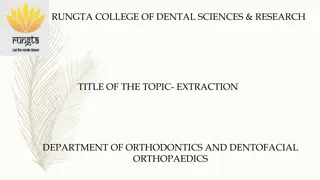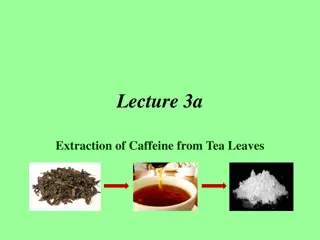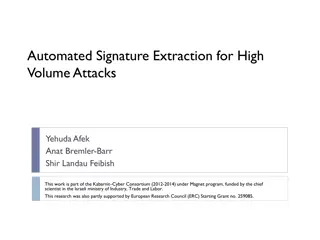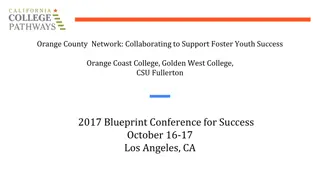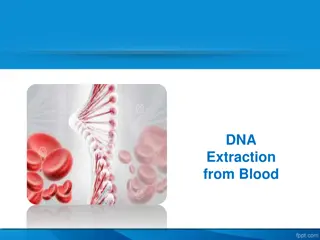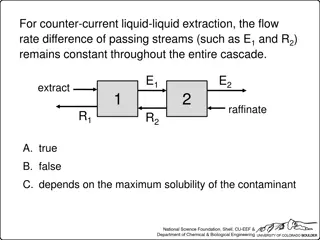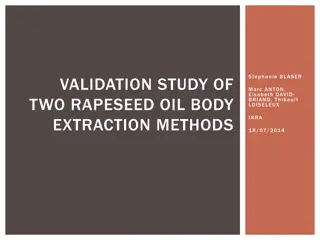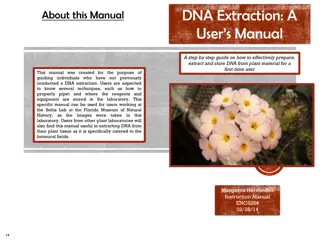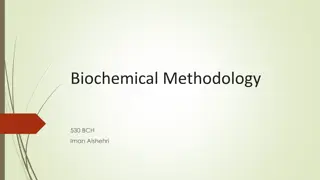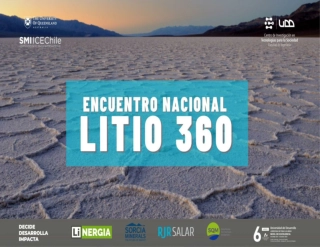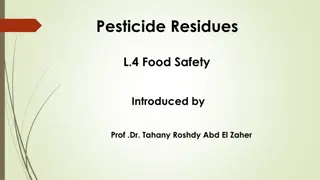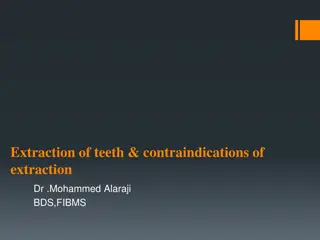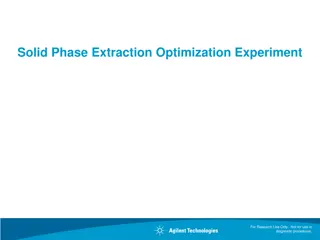Extraction and Detection of Hesperidin from Orange Peel
Hesperidin, a flavonoid found in citrus fruits like orange peel, has various beneficial effects including anti-inflammatory, antioxidant, and anticarcinogenic properties. This article discusses the extraction methods and detection techniques for isolating hesperidin, with an emphasis on its molecular structure and bioavailability. It also highlights the risks associated with taking hesperidin supplements while on certain medications.
Download Presentation

Please find below an Image/Link to download the presentation.
The content on the website is provided AS IS for your information and personal use only. It may not be sold, licensed, or shared on other websites without obtaining consent from the author. Download presentation by click this link. If you encounter any issues during the download, it is possible that the publisher has removed the file from their server.
E N D
Presentation Transcript
Isolation of Hespridine from orange peel Done by Lect. A.T. pharmacsit Nour Hameed Aldhif
Introduction Hesperidin,is a secondary metabolite , a flavanone-type polyphenolic bioflavonoid, it is found abundant in the peel and membraneous parts of orange peel and other citrus fruits.. Hesperidin can also be found in green vegetables. Aglycone part of hesperidin is the flavanone hesperitin bind to the disaccharide rutinose.
The molecular structure of hesperidin affects its bioavailability and absorption levels Thus, the metabolism of citrus flavanones is determined by the sugar moieties and its removal degree by intestinal bacteria.
Beneficial Effects of Hesperidin Effect on Cardiovascular Disease Risk Factors
Anticarcinogenic Antioxidant Anti-inflammatory Anti-microbial H.W.// You shouldn t take this supplement if you re taking certain medications, including anticoagulants, blood thinners, blood pressure drugs and calcium channel blockers.
Extraction methodes Hesperidin can be isolated by two different methods : Conventional Method: - The dried orange peels (250gm) were macerated with 800ml of methanol overnight then filter and collect the filtrate for detection the hesperdine . Modern Method: - By using soxhlet apparatus and petroleum ether as solvent .In this lab. We use conventional method
Detection of Flavonoids FeCl3 test 1 ml of extract + few drops of FeCl3 (10%) Brown color Lead acetate test 1ml of extract +10 drops of lead acetate (10%) White color
Shinoda test 1 ml of extract + 5 drops of HCl + few crystal of magnesium pink color Sodium hydroxide test 1ml of extract +5 drops of NaOH (10%) yellow color disappear after addition of 5 drops of HCL
